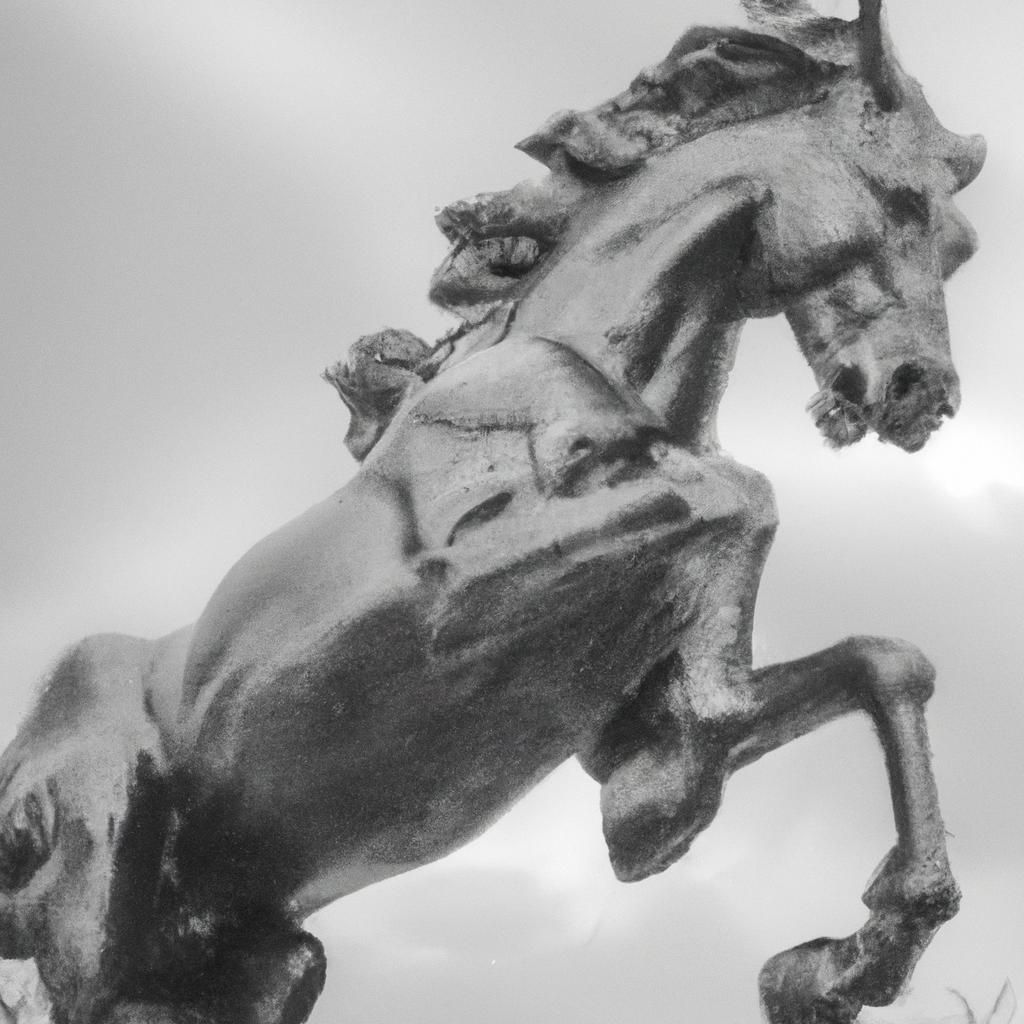Art has perpetually captivated humanity’s imagination, but there’s something particularly intriguing about art that moves. From the ancient automatons to the modern marvels of animatronics, the concept of animated statues has always mesmerized us. Beyond their visual allure, moving statues offer an engaging and interactive experience for viewers. In this article, we’ll embark on a journey to explore the mechanics, diverse types, shining examples, purpose, challenges, and considerations surrounding statues that come to life.
The Mechanics of Movement
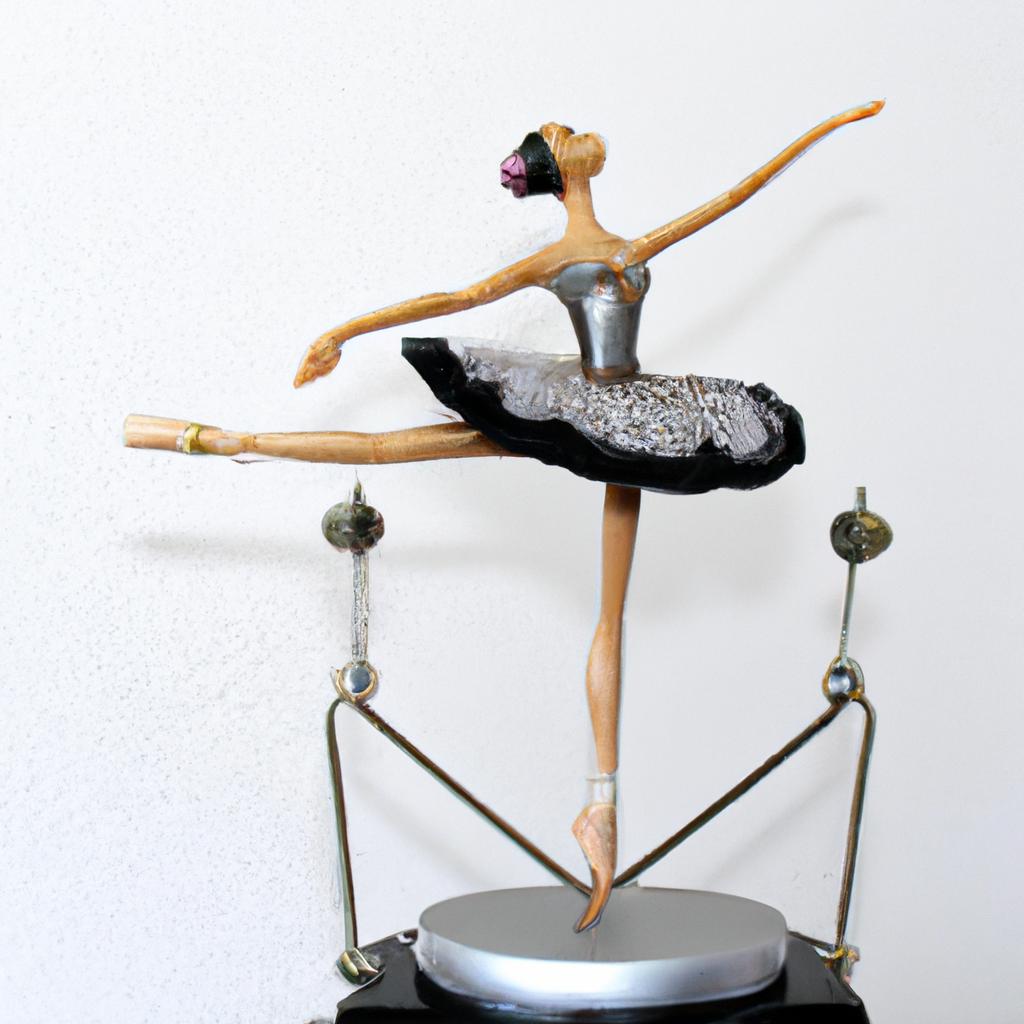
Movement in statues can be achieved through various ingenious mechanisms. Hydraulic systems employ liquids to create motion, while pneumatic systems utilize air pressure. Electric motors have become commonplace in modern animatronics, while clockwork mechanisms were popular in the past.
Hydraulic systems offer tremendous adaptability, enabling a wide range of movements such as lifting, twisting, and bending. In contrast, pneumatic systems excel in creating smooth and lifelike motions, making them ideal for large-scale installations like fountains. Electric motors, with their efficiency and precision, are perfect for animatronics that require intricate and elaborate movements.
Regardless of the chosen mechanism, the ultimate goal is to create fluid and lifelike motions that capture the essence of the artwork. The choice depends on factors such as the statue’s size, desired movement, and budget.
Exploring the Types of Moving Statues
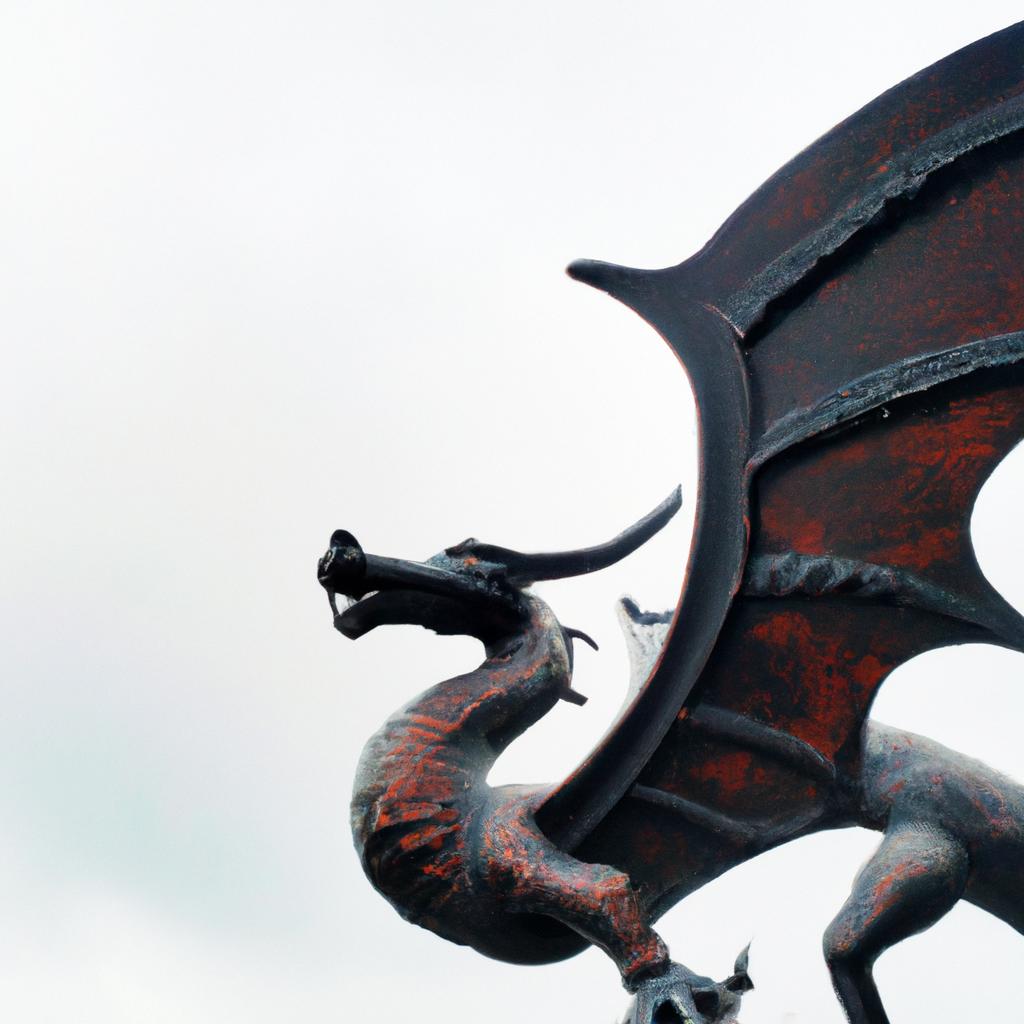
A diverse range of moving statues exists, each boasting its distinctive characteristics and applications. Animatronic statues, for example, are lifelike robotic figures capable of independent movement or remote control. Kinetic sculptures utilize natural elements like wind and water to generate motion, while interactive statues respond to viewer actions or input.
Animatronic statues frequently grace theme parks, museums, and movies, resembling humans with uncanny realism in both movement and speech. Kinetic sculptures, on the other hand, often leave spectators in awe with their commanding presence and interaction with the environment. Interactive statues create a playful and engaging experience, inviting viewers to partake in the artistry.
Irrespective of the type, the primary objective remains the same – to create a lasting and captivating encounter for viewers. The selection of a particular type hinges upon factors such as the intended audience, installation purpose, and artistic vision.
Venturing Deeper into the Types of Moving Statues
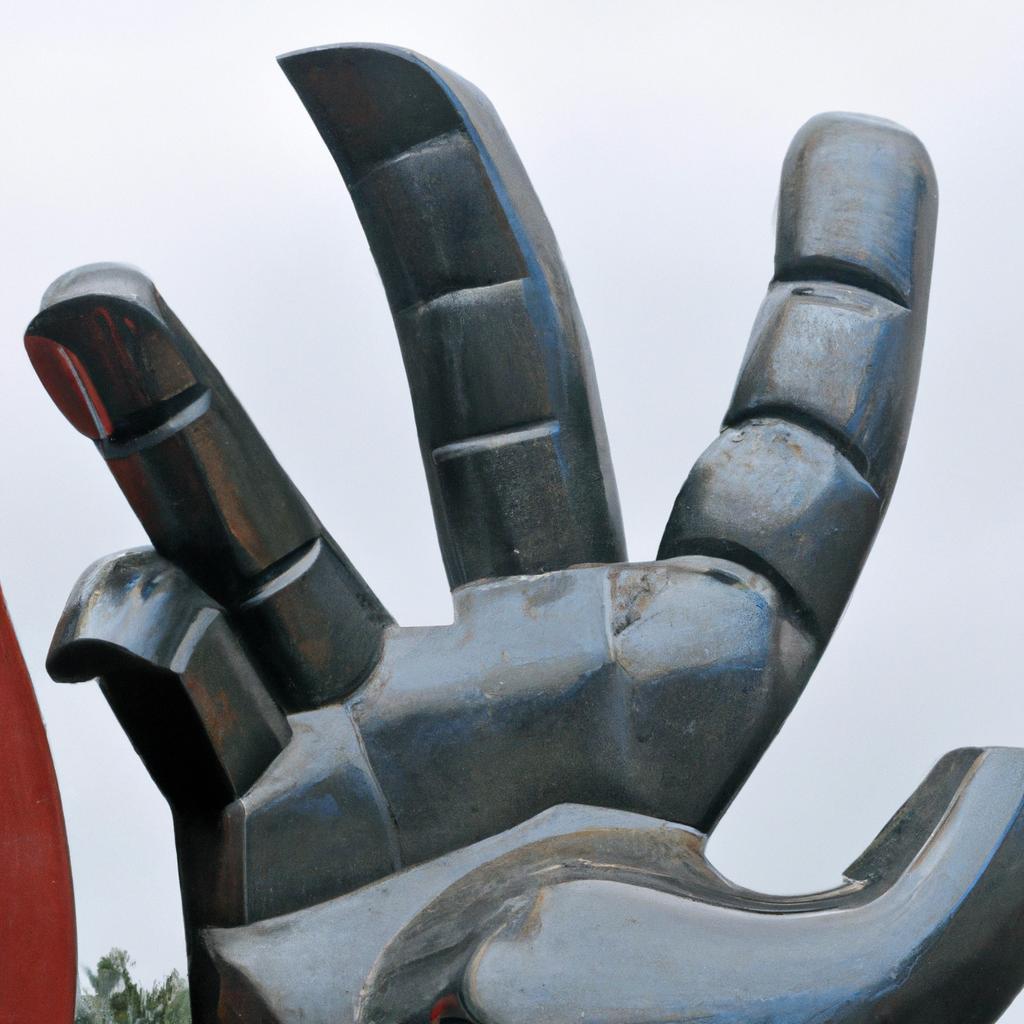
Animatronic Statues
Animatronic statues are the epitome of realism, replicating human movements, expressions, and even speech with astonishing accuracy. Whether sited in theme parks, museums, or movies, these lifelike robotic figures enchant and enthral viewers. Depending on the installation’s objective and vision, animatronic statues can be controlled remotely or programmed to move autonomously.
One exemplary instance of animatronic statues can be found at the Hall of Presidents in Walt Disney World. This remarkable attraction features robotic renditions of all U.S. Presidents, each adeptly portraying their own distinct movements and speeches. The animatronic figures breathe life into history, providing an immersive and memorable experience for all.
Kinetic Sculptures
Kinetic sculptures harness the power of natural elements, such as wind, water, and light, to create motion. Often adorning public spaces like parks, plazas, and museums, these installations evoke wonder and awe. Interacting with their surroundings, kinetic sculptures forge an intimate connection with both nature and the viewer.
A mesmerizing example of kinetic sculptures is the Strandbeests, crafted by Dutch artist Theo Jansen. These magnificent wind-powered sculptures walk gracefully along the beach. Leveraging an intricate network of tubes and valves, the Strandbeests flawlessly emulate the motion of living creatures, showcasing the delicate artistry of nature.
Interactive Statues
Interactive statues beckon viewers to engage with their captivating presence, responding to actions and input. Found in public spaces like parks, museums, and shopping centers, these installations foster an ambiance of playfulness and interactivity. Ranging from installations that light up or emit sounds upon touch to complex creations employing sensors and artificial intelligence, interactive statues bring a whole new dimension of life to art.
The Talking Statues project in London epitomizes the essence of interactive statues. This unique endeavor features statues of notable figures like Sherlock Holmes and Queen Victoria, each endowed with a distinct voice and personality. By utilizing a smartphone app, viewers can engage in a conversation with these statues, resulting in an immersive experience that seamlessly merges art and life.
Unveiling Compelling Examples of Moving Statues
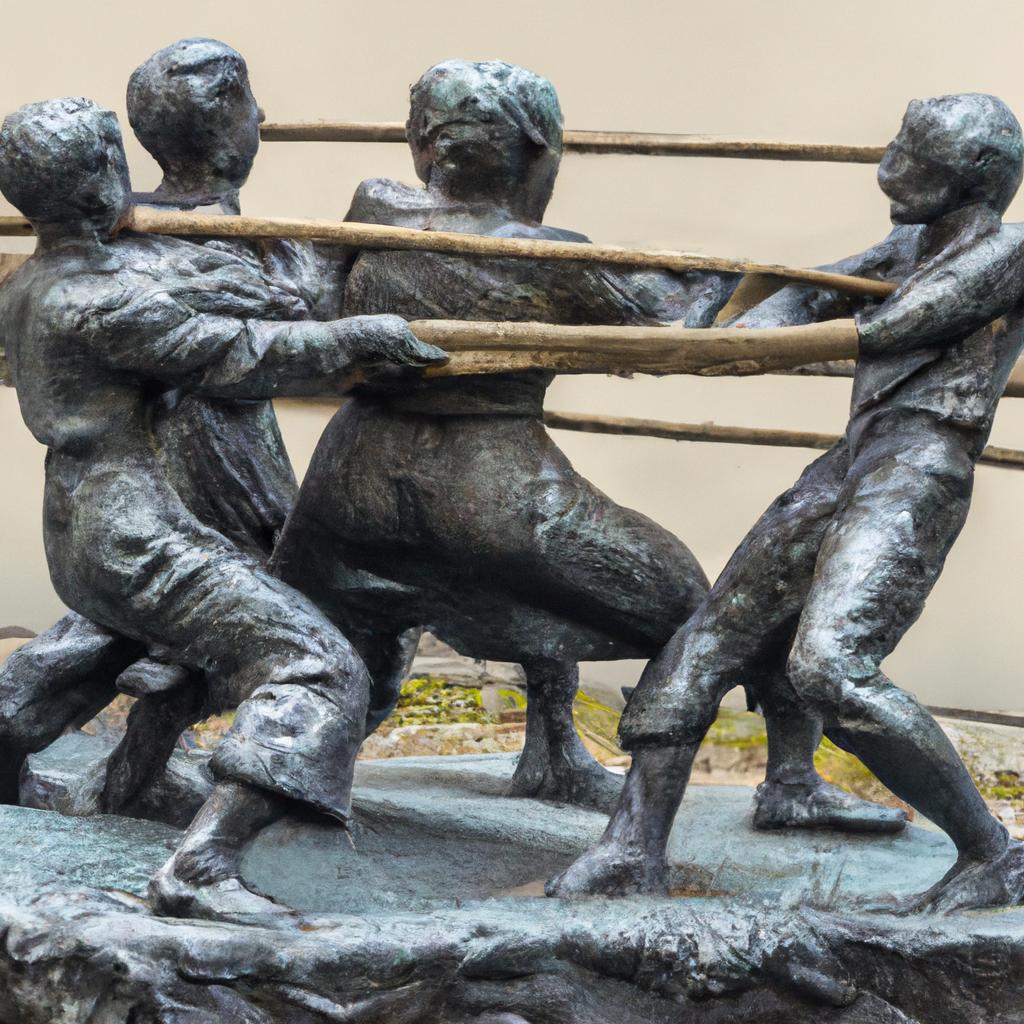
Moving statues adorn diverse locations worldwide, each boasting its own allure and applications. Here are three captivating examples that have enraptured countless onlookers:
The Dancing Fountains of Dubai
Situated in the Burj Khalifa Lake, the Dancing Fountains of Dubai showcase a grand-scale installation. Choreographed to music and lights, the fountains gracefully propel water up to an astounding 500 feet into the air. With their mesmerizing interplay of movement, color, and sound, these fountains have become a spectacle that attracts millions of visitors each year.
The Moving Wall of the National September 11 Memorial and Museum
Located in New York City, the Moving Wall of the National September 11 Memorial and Museum stands as a poignant testament. This massive installation features a series of panels bearing the names of the victims of the 9/11 attacks, meticulously arranged alphabetically and chronologically. The panels glide along a track, symbolizing the passage of time and the healing process, ultimately creating a sense of movement and flow.
The Singing Trees of Montreal
Nested within Montreal’s Quartier des Spectacles, the Singing Trees enchant spectators with their mellifluous melodies. These kinetic sculptures, bearing an uncanny metallic resemblance to trees, respond to the wind, creating an enchanting symphony reminiscent of rustling leaves. In a harmonious fusion of nature and urbanity, the Singing Trees whisk viewers away into a realm where art comes alive.
The Purpose and Significance of Moving Statues
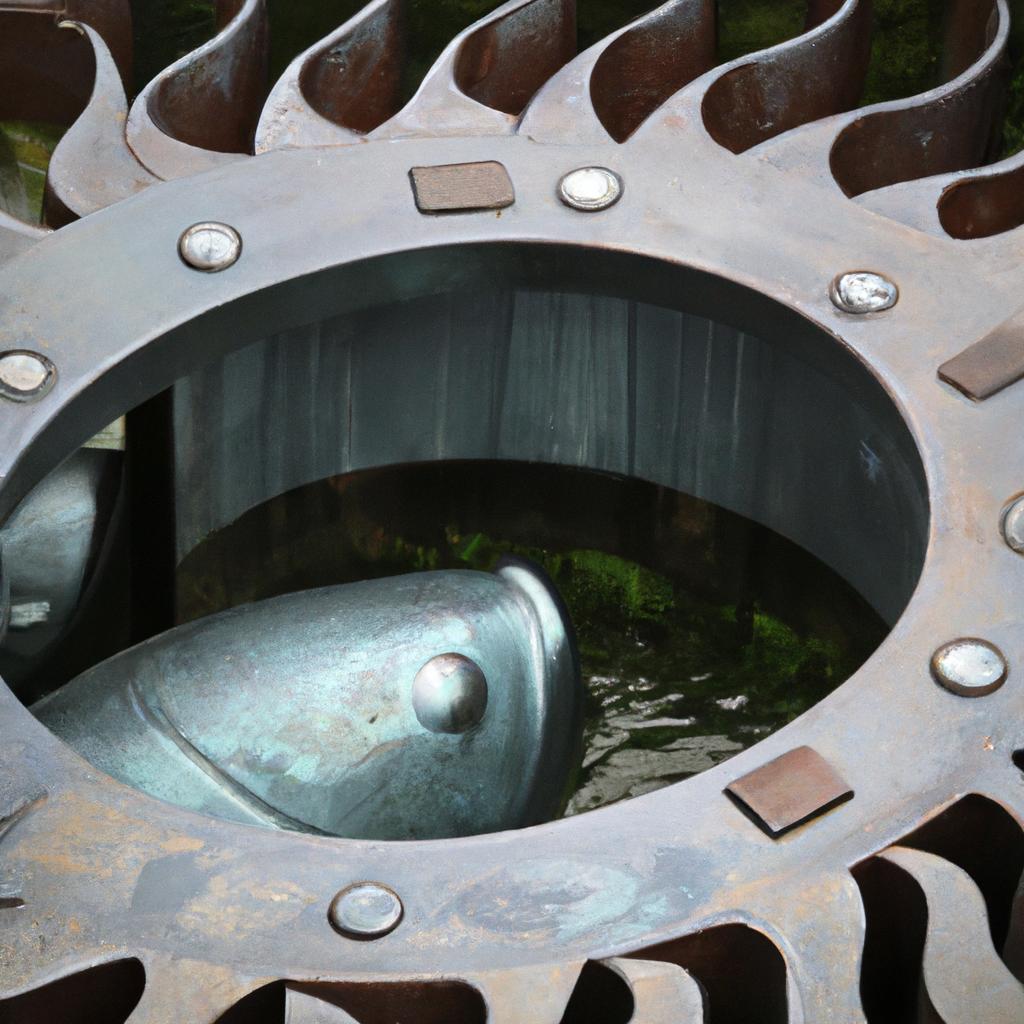
Moving statues serve diverse purposes and carry significant meaning. One of their primary objectives is to offer entertainment value. Animatronic statues in theme parks, for instance, kindle a sense of wonder and thrill among visitors. Kinetic sculptures in public spaces foster relaxation and an appreciation for nature. Interactive statues in museums and galleries engage and educate visitors, immersing them in an interactive journey.
Moving statues can also serve educational purposes. Animatronic statues depicting historical figures or events breathe life into history, offering a more immersive and memorable learning experience. Kinetic sculptures showcasing natural phenomena, such as the ebb and flow of tides, teach viewers about science and the environment. Interactive statues incorporating technology and innovation educate visitors about the wonders of our ever-evolving world.
Beyond entertainment and education, moving statues can bear symbolic meanings. They can embody progress, change, and the evolution of society. They can also signify the interconnectedness of humans and nature, emphasizing the importance of movement and adaptation.
Challenges and Considerations in Crafting Moving Statues
Creating moving statues presents a host of challenges and requires careful considerations. One of the primary hurdles lies in the technical realm. The mechanisms responsible for generating movement must be precise, reliable, and, above all, safe. The design and engineering must also account for factors like weight, balance, and durability. The installation process itself demands meticulous planning and execution to ensure stability and secure placement.
Cost is another crucial consideration. Crafting moving statues, particularly extensive installations, can prove costly. Expenses encompass not only materials and mechanisms but also design, engineering, and installation. Ongoing maintenance and upkeep also constitute a significant consideration that should not be overlooked.
To maintain the statues’ pristine condition and ensure their continued smooth operation, regular maintenance of the movement mechanisms is imperative. Moreover, the statues themselves require periodic cleaning and meticulous inspections to preserve their structural integrity and visual appeal.
Ultimately, creating moving statues entails a delicate interplay of planning, design, engineering, and execution. By navigating the challenges and considering all relevant factors against the backdrop of the statue’s intended purpose and significance, we can breathe life into art, forging indelible and engaging experiences for viewers.
Discover the enchantment of moving statues with TooLacks, where art comes alive through cutting-edge technology and innovative craftsmanship.
